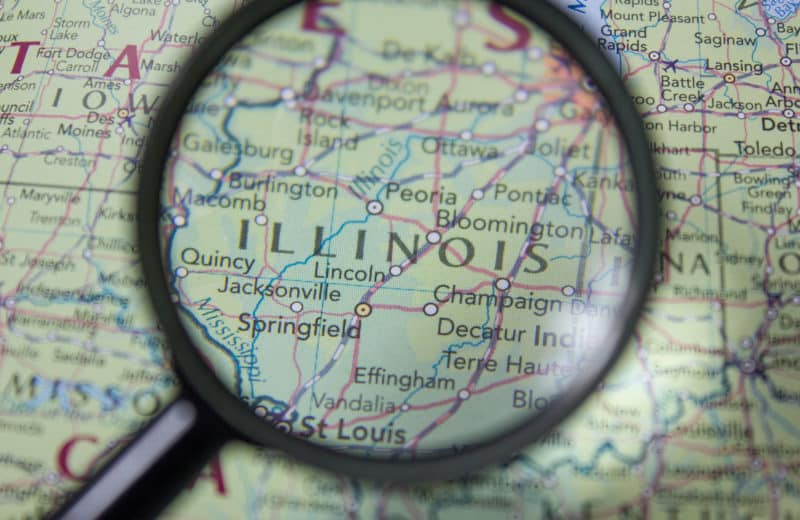In a society concerned with personal privacy, do wellness programs at work cross a line?
In corporations across the country, workplace wellness is the new mantra. Companies are investing in preventive health practices, such as health risk assessments, weight management programs and screenings for blood pressure, glucose and cholesterol. They’re also instituting workplace competitions and contests, such as team-based walking initiatives with uploadable USB pedometers that track miles walked and calories burned.
But when competitions like “The Biggest Loser” come into the workplace, is privacy the loser? Critics have pointed to the possible intrusion into employees’ personal lives and have warned that some programs that tie employment to health may be discriminatory.
Despite that, workplace wellness programs may be the new reality, as healthcare costs continue to increase due to the aging of the U.S. population. The programs are designed to lower healthcare costs for employers and in 2010, 74 percent of employers that offered health benefits had wellness programs, according to the Kaiser Family Foundation.
“There are folks who are concerned that their private information will be disclosed,” says Tom Ciccotti, senior vice president at CHC Wellness, a Chicago-based provider of health and wellness programs. “But all of an individual’s information is completely private. Employers and insurance companies will not see it.”
Companies don’t institute wellness programs as a way to check up on employees but rather to keep them healthy and improve medical costs and productivity, Ciccotti says. In some cases employers offer discounts on premium contributions if the employee meets specific health goals or participates in wellness activities. Some information is offered and held up by the honor system while at other times, the health goals are verified through biometric screenings.
Ciccotti stresses though, that if, during a routine blood test nicotine is found in a self-proclaimed non-smoker, that particular information will never get out. What the employer will learn is simply whether or not the employee meets the criteria to earn their incentive, but never specific factors like the participant’s cholesterol or glucose level, or their smoker vs. non-smoker status. By reporting only whether a participant has met their goals, the employer will know the appropriate incentive to provide, but will never have access to individual health information.
Ciccotti has seen consistent growth of wellness programs as employers look to reduce health-care spending, their second biggest expense. “How do they put tools and resources in place to minimize their costs? Such a large portion of medical costs are being driven by conditions that are largely preventable like obesity, heart disease and diabetes,” Ciccotti says.
Effective wellness programs often have a substantial financial reward tied to them such as health insurance premium discounts for employees who meet certain goals. Under the Health Insurance Portability and Accountability Act (HIPAA), employers can increase premiums up to 20 percent (up to 30 percent in 2014) and then offer discounts to participating employees, making wellness programs budget-neutral, he says.
Some employees find that the group atmosphere of such programs helps them achieve their goals. When George Gountanis, a vice president at Forest Financial Group in Lake Forest, tipped the scales at 325 pounds, he turned to his boss for help. His boss pointed him toward the company’s online wellness programs, and Gountanis lost 105 pounds in nine months.
“Had it not been for [my boss] and his overall attitude for being healthy, I wouldn’t have done it,” Gountanis says. “He was able to pinpoint: Here‘s what we have available, and here’s what you can do. I had an entire army of people supporting me. Had it not been for the support I had at work, I never would have accomplished it.”














